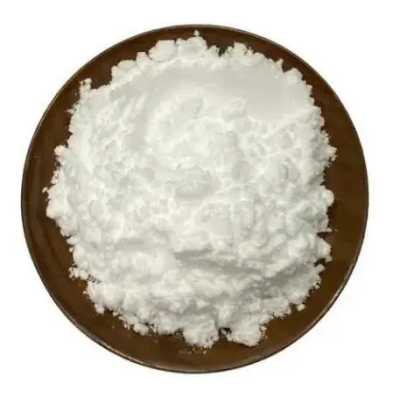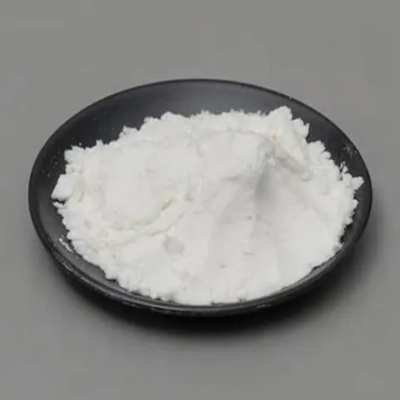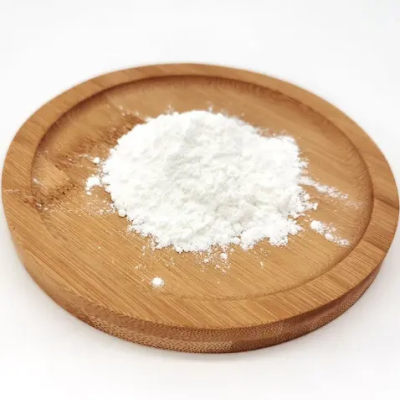adenosine 5′-diphosphatedi(monocyclohexylammoniu CAS:102029-87-8
The adenosine5'-diphosphate di(monocyclohexylammonium) salt (ADP-MCHA) has various effects and applications in scientific research. Some of the key effects and applications of ADP-MCHA are:
Metabolic studies: ADP-MCHA is commonly used in studies related to metabolism and energy production. It is an essential molecule in the energy conversion process of ATP synthesis and hydrolysis. By using ADP-MCHA, researchers can investigate the activity of enzymes involved in ATP-dependent reactions and study metabolic pathways.
Enzyme assays: ADP-MCHA is frequently employed in enzymatic assays to evaluate the activity of ATP-utilizing enzymes such as kinases, phosphatases, ligases, and helicases. These assays help researchers understand the regulation and function of these enzymes in various biochemical processes.
Ligand binding studies: ADP-MCHA is utilized in ligand binding studies to examine molecular interactions involving ADP. It enables researchers to investigate the binding affinity and kinetics of various ligands, including small molecules, proteins, and nucleic acids, to ADP. These studies provide insights into drug discovery, protein-ligand interactions, and signaling mechanisms.
Drug development: The use of ADP-MCHA is crucial in drug development and screening processes. It helps researchers understand the effects of potential drug candidates on enzymes and metabolic pathways. By studying the interactions of drugs with ADP-MCHA, scientists can evaluate their efficacy and potential side effects accurately.
Biochemical research: ADP-MCHA is extensively applied in various biochemical research areas, including cell signaling, protein-protein interactions, and nucleotide metabolism. Its inclusion allows researchers to accurately measure the levels and activities of ADP and ATP, which serve as fundamental indicators of cellular energy status.

| Composition | C16H28N6O10P2 |
| Assay | 99% |
| Appearance | Yellow crystalline powder |
| CAS No. | 102029-87-8 |
| Packing | Small and bulk |
| Shelf Life | 2 years |
| Storage | Store in cool and dry area |
| Certification | ISO. |









